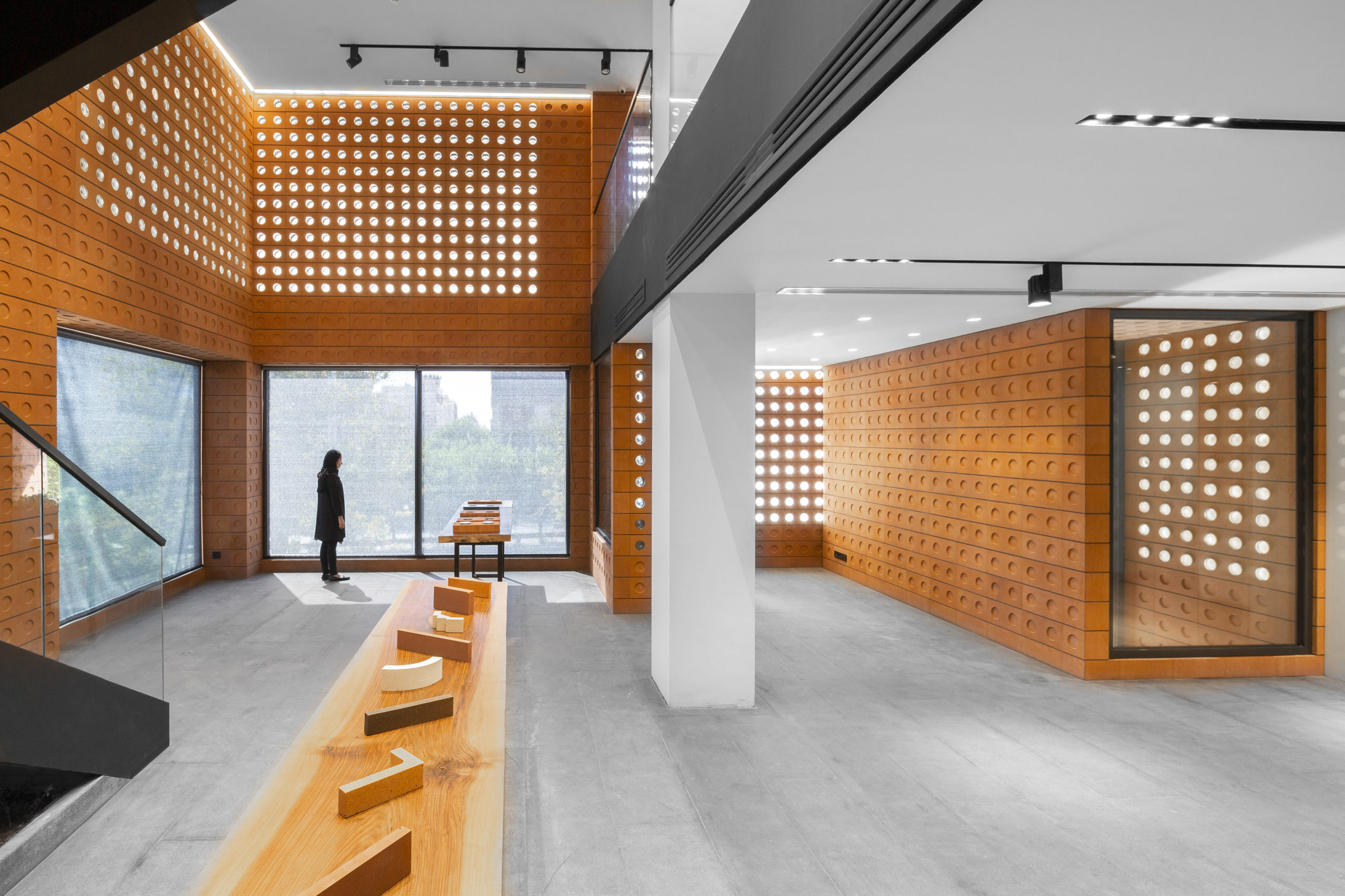The Influence of Technological Advancements on the Layout Practices of Contemporary Architects
The quick evolution of technological tools has substantially improved the layout landscape for contemporary designers, promoting extraordinary degrees of innovation and sustainability. Checking out these characteristics exposes a nuanced interaction in between technology and conventional design approaches, motivating a closer exam of what the future holds for building practices.
Advancement of Architectural Equipment
How have building devices transformed the layout and building and construction processes over the centuries? The evolution of building tools has dramatically affected the efficiency, precision, and imagination of design and building and construction.
With the development of the Renaissance, the introduction of the compass and the protractor noted a critical shift. These devices allowed designers to achieve better accuracy in their designs, facilitating the introduction of more detailed and in proportion structures. The Industrial Change even more revolutionized building method with the intro of mechanized devices and materials, permitting larger and more enthusiastic projects.
In the 20th century, the growth of computer-aided design (CAD) software application transformed the landscape when again, offering engineers with unmatched capacities in modeling and visualization. Today, progressed tools such as Structure Info Modeling (BIM) and parametric design software program continue to press the borders of architectural innovation, making it possible for an extra integrated strategy to style and construction procedures.
Boosted Collaboration in Style
As modern technology remains to evolve, improved partnership in layout has actually ended up being a keystone of modern-day architectural practice. The combination of digital devices such as Structure Information Modeling (BIM), cloud-based systems, and progressed visualization software program has changed the means engineers, designers, and stakeholders connect throughout the layout procedure. These devices promote real-time interaction, permitting groups to share concepts, alterations, and comments promptly, no matter of geographical area.

Additionally, interdisciplinary collaboration has actually been streamlined via these technical advancements, allowing engineers to work much more closely with various other experts, such as metropolitan organizers and environmental consultants. The result is a much more cohesive approach to design that considers different perspectives and knowledge. Ultimately, enhanced partnership in layout is not simply a pattern; it is crucial for creating cutting-edge, practical, and visually pleasing architecture in a significantly intricate globe.

Sustainability With Modern Technology
Sustainability in design has increasingly come to be linked with technological innovation, driving the sector towards environmentally liable methods. Contemporary designers are leveraging advanced modern technologies to reduce environmental impact while boosting the performance of structures. cda architects. One famous example is using Building Information Modeling (BIM), which enables accurate preparation and resource allocation, minimizing waste during building and construction and promoting power effectiveness throughout a structure's lifecycle
Furthermore, smart products and energy-efficient systems are being integrated right into designs to enhance source usage. Technologies such as solar batteries and eco-friendly roof covering systems harness sustainable power sources, adding to decreased carbon impacts. Furthermore, the application of expert system in design procedures enables designers to simulate and examine power usage, leading decisions towards more lasting outcomes.
The combination of lasting technologies not just aligns with worldwide environmental objectives yet also fulfills an enhancing need from consumers for green services. As engineers embrace these technologies, the focus moves in the direction of creating spaces that are not just cosmetically pleasing but likewise functionally sustainable, consequently redefining the standards of modern-day design. In this way, modern technology functions as a stimulant for sustainability, making it possible for architects to develop structures that regard and enhance the native environment.
Difficulties in Execution
While technical innovations in architecture hold terrific pledge for boosting sustainability, their execution usually runs into significant challenges. One primary obstacle is the steep knowing curve related to new technologies. Architects and construction experts may call for substantial training to effectively utilize advanced software and devices, which can postpone task timelines and enhance prices.
Additionally, the assimilation of emerging innovations, such as Structure Info Modeling (BIM) and lasting materials, typically necessitates collaboration throughout multidisciplinary teams. This cooperation can be hindered by differences in competence, process, and communication designs, causing prospective problems and inadequacies.

Moreover, regulatory frameworks and building regulations might not maintain pace with technological improvements, developing ambiguity and potential over at this website compliance concerns. This obstacle can discourage designers from completely welcoming new innovations, as the danger of non-compliance might outweigh the benefits. As a result, resolving these implementation challenges is essential for the effective combination of technical advancements in contemporary architectural practices.
Future Fads in Architecture
The challenges associated with the implementation of new technologies in architecture have prompted a reevaluation of future trends within the industry - cda architects. As architects navigate concerns such as sustainability, urbanization, click now and social equity, they are increasingly embracing ingenious innovations to enhance design efficiency and environmental efficiency
One famous pattern is the combination of expert system (AI) in the layout procedure. AI devices can examine huge datasets to educate style decisions, enhancing both creativity and capability. Likewise, Building Information Modeling (BIM) remains to evolve, making it possible for real-time cooperation amongst stakeholders and facilitating structured task monitoring.
Lasting style practices are additionally acquiring momentum, with architects concentrating on flexible reuse and regenerative layout principles that lessen resource usage and waste. The consolidation of smart products and renewable resource resources will better improve the strength of buildings despite climate adjustment.
Furthermore, the surge of parametric style permits even more individualized and context-sensitive architectural solutions (cda architects). By taking advantage of these improvements, architects are positioned to produce built environments that not just address the instant needs of culture yet likewise prepare for future challenges, consequently redefining the duty of architecture in an ever-changing world
Final Thought
Technical advancements have significantly improved architectural style methods, promoting improved precision, collaboration, and sustainability. The integration of devices such as Building Info Modeling and parametric design software program, together with fabricated intelligence and clever materials, empowers architects to deal with over at this website intricate difficulties a lot more efficiently.